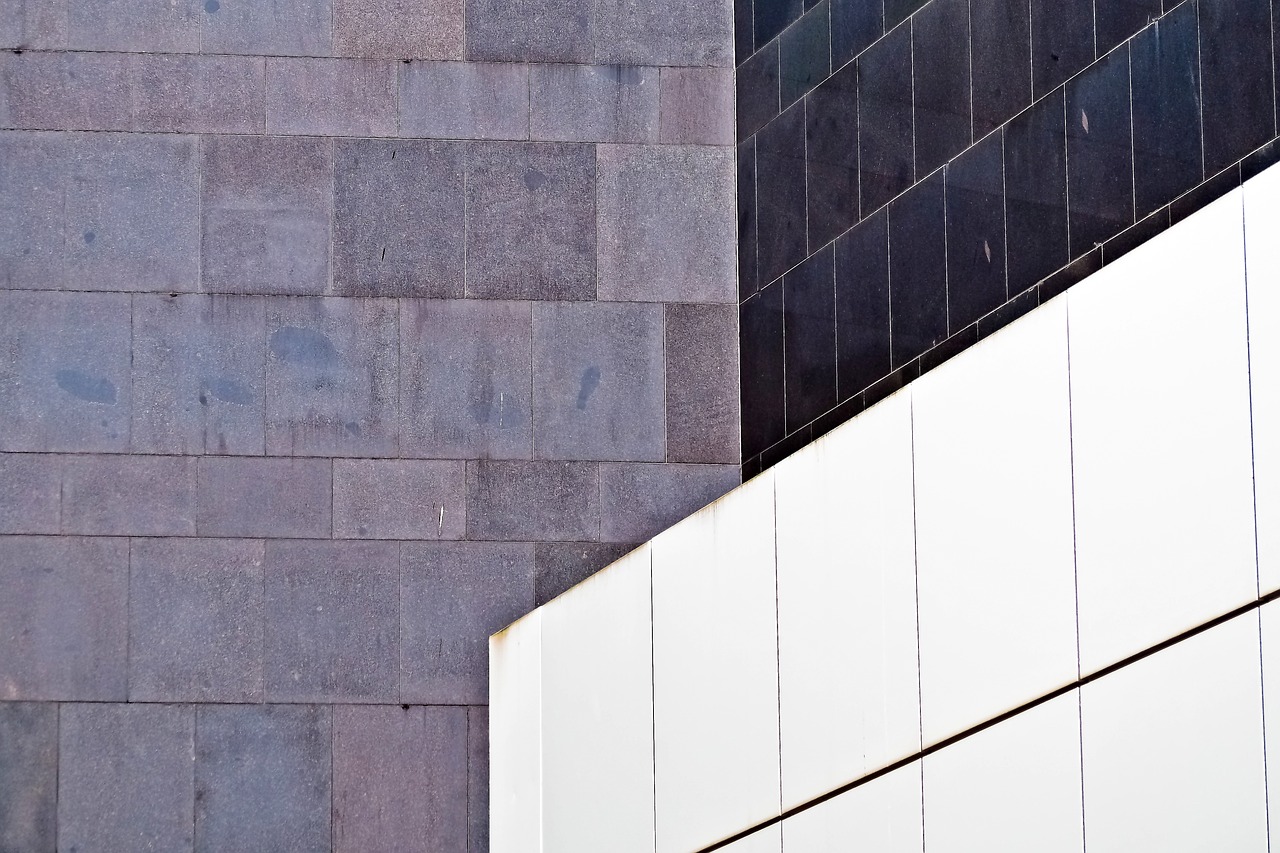Junction
Junctions are the points or surfaces in buildings and other structures where different elements or components come together. Properly designed and constructed junctions help to ensure the building performs properly:
- Junctions provide the points or surfaces where different structural elements of the building connect and transfer loads. The integrity of these junctions is crucial for the overall stability and safety of the building.
- Junctions can be a source of heat loss or gain. Properly designed and constructed junctions can help to prevent thermal bridging, which can lead to energy inefficiency and higher heating or cooling costs.
- Junctions are also important for managing water and moisture in a building. If not properly designed and constructed, water can penetrate through junctions and cause damage to a building and its components.
- Junctions can also affect the acoustic performance of a building. Properly designed and constructed junctions can help reduce noise transmission between different areas of abuilding.
Common types of junctions include:
- Roof-to-wall junctions, important junction for weatherproofing.
- Window-to-wall junction, important for preventing water and air infiltration and ensuring energy efficiency.
- Wall-to-floor junctions, ensuring the stability of the building and preventing moisture and air infiltration.
- Door-to-wall junctions, connecting the door frame to the surrounding wall, providing weatherproofing and preventing air and water infiltration.
- Expansion joints, allowing for movement between building components or materials due to thermal expansion and contraction or settlement.
Key design considerations include:
- The compatibility of materials: Different building materials expand and contract at different rates, or have corrosive properties which can cause stress on junctions. Compatibility of materials is essential to ensure that the junctions perform correctly over time.
- Proper sealing of junctions is essential to prevent water, air, and moisture infiltration. Adequate sealing can be achieved through the proper design, manufacturing and installation, and the use of sealants, tapes, flashing and so on.
- Adequate drainage is important to prevent water accumulation and damage to the building. Drainage can be achieved through the use of weep holes, scuppers, and other drainage systems.
- Thermal breaks are used to prevent thermal bridging and energy loss at junctions. They are typically achieved through the use of insulation or other materials that provide a barrier to heat flow.
- Junctions must be designed to transfer loads and stresses effectively. Proper reinforcement, fastening, and connections are essential to ensure the structural integrity of the junction.
- Junctions must be designed to allow for movement due to thermal expansion and contraction, settlement, and other factors. Movement allowance can be achieved through the use of expansion joints, slip planes, and other techniques.
- Junctions must be designed to provide adequate fire resistance. This can be achieved through the use of fire-resistant materials, such as fire-rated sealants and insulation.
[edit] Related articles on Designing Buildings
- Adhesives.
- Connection.
- Expansion joint.
- Fixing v fastener.
- Fixings.
- Joint v connection.
- Movement joint.
- Off-site prefabrication of buildings: A guide to connection choices.
- Rivet.
- Soldering.
- Strap.
- Structural fasteners.
- Tolerance.
- Types of bolts.
- Types of nails.
- Types of nuts.
- Types of screws.
- Welding.
Featured articles and news
RTPI leader to become new CIOB Chief Executive Officer
Dr Victoria Hills MRTPI, FICE to take over after Caroline Gumble’s departure.
Social and affordable housing, a long term plan for delivery
The “Delivering a Decade of Renewal for Social and Affordable Housing” strategy sets out future path.
A change to adoptive architecture
Effects of global weather warming on architectural detailing, material choice and human interaction.
The proposed publicly owned and backed subsidiary of Homes England, to facilitate new homes.
How big is the problem and what can we do to mitigate the effects?
Overheating guidance and tools for building designers
A number of cool guides to help with the heat.
The UK's Modern Industrial Strategy: A 10 year plan
Previous consultation criticism, current key elements and general support with some persisting reservations.
Building Safety Regulator reforms
New roles, new staff and a new fast track service pave the way for a single construction regulator.
Architectural Technologist CPDs and Communications
CIAT CPD… and how you can do it!
Cooling centres and cool spaces
Managing extreme heat in cities by directing the public to places for heat stress relief and water sources.
Winter gardens: A brief history and warm variations
Extending the season with glass in different forms and terms.
Restoring Great Yarmouth's Winter Gardens
Transforming one of the least sustainable constructions imaginable.
Construction Skills Mission Board launch sector drive
Newly formed government and industry collaboration set strategy for recruiting an additional 100,000 construction workers a year.
New Architects Code comes into effect in September 2025
ARB Architects Code of Conduct and Practice available with ongoing consultation regarding guidance.
Welsh Skills Body (Medr) launches ambitious plan
The new skills body brings together funding and regulation of tertiary education and research for the devolved nation.
Paul Gandy FCIOB announced as next CIOB President
Former Tilbury Douglas CEO takes helm.
UK Infrastructure: A 10 Year Strategy. In brief with reactions
With the National Infrastructure and Service Transformation Authority (NISTA).
























Comments
[edit] To make a comment about this article, or to suggest changes, click 'Add a comment' above. Separate your comments from any existing comments by inserting a horizontal line.